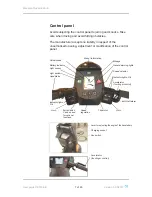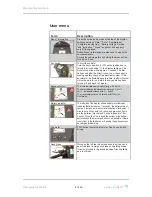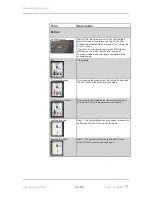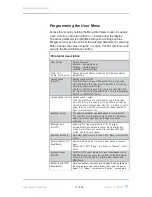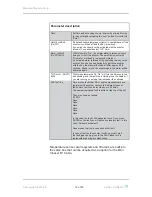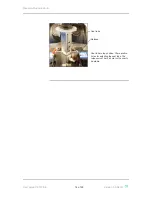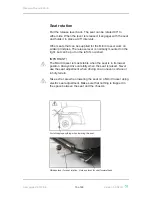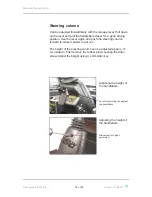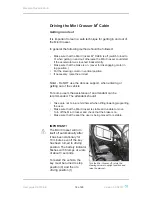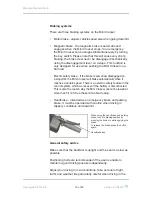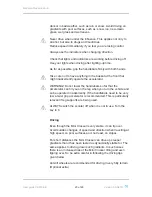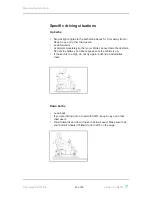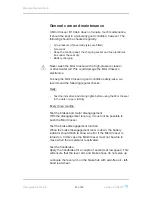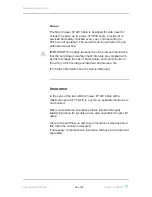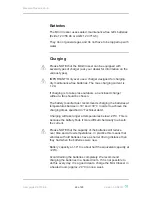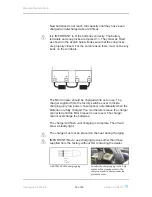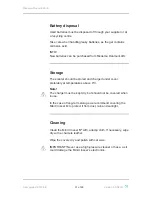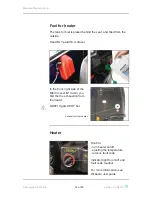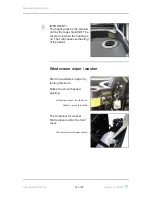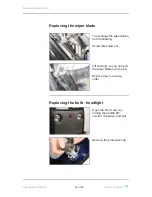
User guide P9-0152-B
21 of 60
Version 3.0.0/2013
Medema Production A/S
New users are urged to practise the following in an area where
there is no other traffi c:
•
Set the Mini Crosser to low speed. Drive forwards and backwards.
Gradually turn the speed selector up and feel the change in the
speed of the Mini Crosser.
•
Practise starting and braking. Get used to the Mini Crosser’s
response time.
•
Practise driving in a narrow space, similar to inside a shop or
through a door.
•
Practise turning, and get a sense of how much space is required.
Always drive slowly when turning. Practise reversing too.
•
Practise cornering and driving over obstacles and on slopes.
Always drive straight up/down kerbs and ramps. Never at an
angle. See the illustrations on the following pages.
•
Try braking at different speeds and notice the stopping distances.
•
If possible, try driving on different surfaces (road, grass and
gravel).
•
Practise assessing how far you can drive on a single battery
charge. Note how quickly the battery indicator changes from
green to amber to red.
Note!
The driving distance of the scooter will be reduced when driving
in hilly districts, into a head wind, in cold weather and with low
tyre pressure.
Traffi c regulations
The traffi c legislation for scooters varies from country to
country. Before starting to use the vehicle outdoors, it is the
user’s responsibility to familiarise him/herself with the relevant
legislation.
The following rules apply in Denmark:
Mobility vehicles such as the Mini Crosser with a maximum
speed of up to 15 km/h count as cycles in traffi c legislation and
the traffi c regulations for cycles must be followed at speeds in
excess of 6 km/h.

